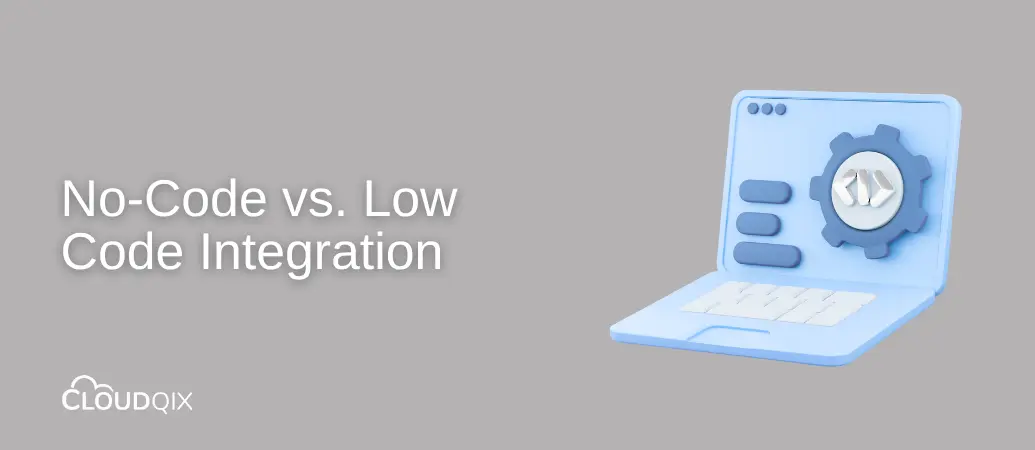No-Code Integration vs. Low-Code: What’s the Difference (and Why It Matters)
Automation has become a core requirement for scaling operations and staying competitive. When it comes to streamlining workflows and connecting systems, businesses often compare two main approaches: no-code and low code integration.
Both help teams move faster. But one is designed for speed, simplicity, and scale across the entire organization. Here’s what you need to know.
What is low code integration?
Low-code platforms provide access to visual development tools with the added flexibility of custom coding. These platforms are designed for developers or technically skilled users who want to accelerate integration efforts without sacrificing control.
You get the speed of pre-built components along with the freedom to write custom scripts, API calls, or advanced logic when needed. It’s ideal for businesses with complex requirements and in-house tech expertise.
In short, low code gives developers a head start. But it still relies on people who can write, test, and maintain code, which is something many business teams do not have time or resources for.
What is no code integration?
No-code integration platforms are 100% visual, allowing users to build workflows by dragging and dropping components. No coding at all is required. These tools are designed for simplicity, empowering non-technical employees like marketers, operations teams, and support staff to automate tasks without relying on developers.
Most no-code tools include libraries of templates, pre-built connectors, and intuitive interfaces that make setup fast and easy. The learning curve is low, but the potential for improving productivity is high.
Which One Is Best for You?
Choosing between low-code and no-code isn’t just about what’s best for your business, it’s about what’s best for your team.
Low-code is ideal for complex integration needs that require a hefty amount of customization. It’s best suited for companies with more development resources and technical staff.
No-code is perfect for empowering non-technical users to take control of automation. It reduces reliance on IT and allows teams to move quickly with out-of-the-box integrations.
Think of low code as a tool for extending what developers can do. No-code, on the other hand, extends what the rest of the business can accomplish.
Why It Matters
Technology stacks are only getting more complex. As companies adopt more SaaS tools and scale across geographies, the need for seamless, secure, and adaptable integration is rising.
In this landscape, no-code platforms offer more than just convenience. They offer control and clarity. They allow frontline teams to build the workflows they need, while giving IT the visibility and governance required to maintain security and consistency.
Check out CloudQix no code integration tool
With a modern no-code platform like CloudQix, you don’t need to choose between power and simplicity. You get both. Secure, scalable integration that’s built for everyone, not just developers.
Want to see how no-code integration can work for your team? Talk to CloudQix and start building smarter, faster workflows.


